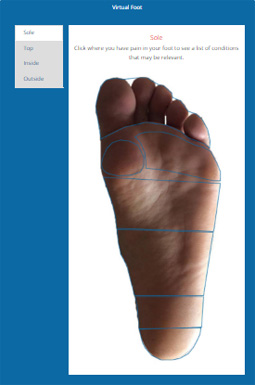Should corns influence your choice of footwear?
In short yes, but that not a good enough answer so let’s explore why…
Ask yourself!
What shoes cause me to have painful feet?
I wonder how much room my feet have. Let’s have a look inside!
How does my foot measure up?
It’s not that you can’t wear fancy shoes it more about making an informed choice and knowing the consequences of ill fitting shoes.
What is a corn?
A corn is a lesion caused by a mixture of pressure and friction.
What are the main causes?
Corns are generally caused by friction when the offending part of the foot rubs against footwear during activity. But there is more to it than that…
What predisposes you to corns?
Foot deformities are the most common cause that relate to increased pressure and friction to specific areas of the foot such as:
- a hammer toe
- prominent metatarsal head
- hallux abducto valgus
What should i do?
Go and see a Health and Care Professions Council http://www.hpc-uk.org/ registered podiatrist. Corns can easily be removed and it’s normally a painless procedure.
What if they keep coming back?
Corns often do as they are caused by pressure and friction during walking but there are some things that you can do yourself!
Tops tips are:
- Footwear: Depending on where your corn is you can purchase appropriate to help reduce the pressure (link to footwear)
- Insoles: There are lots of different insoles that can provide pressure relief and alter how you walk to help alleviate the pain caused by corns. Speak to your podiatrist to make sure you purchase the right insole!
- Toe protectors and spacers: such as gel pads or compeed can reduce pressure between the shoe and the foot.
These Products Might Help:
Please don’t!
- Purchase corn pads: these are normally filled with salicylic acid and can cause breakdown of health skin. If you have impaired circulation or diabetes this can lead to tissue breakdown and ulceration. Please avoid corn pads!



